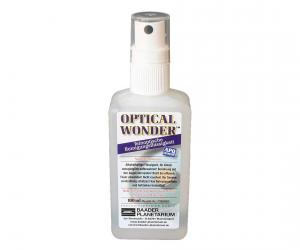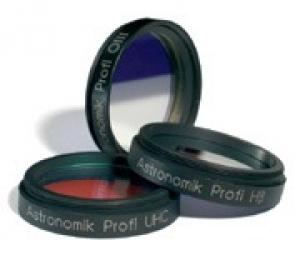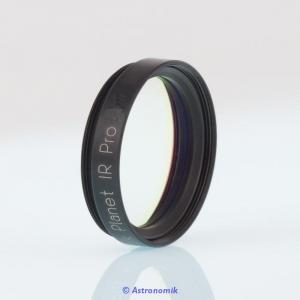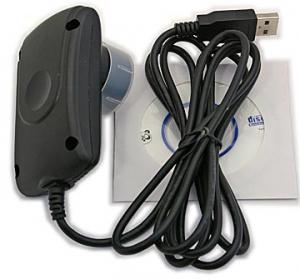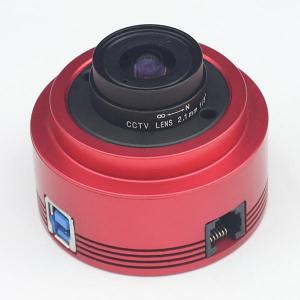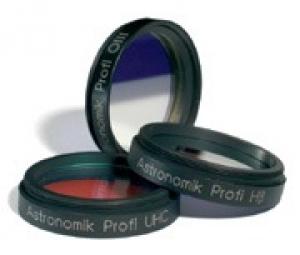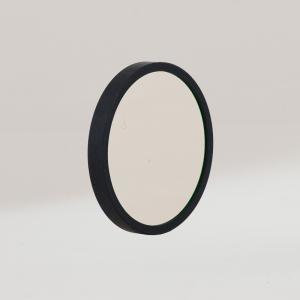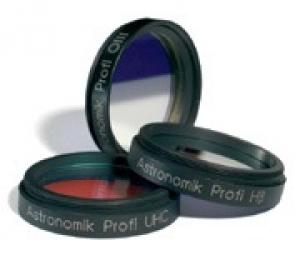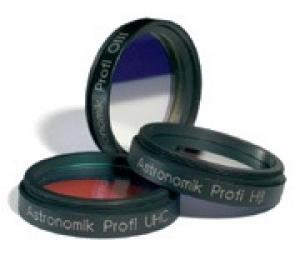- Telescopes
- Overview:
Telescopes - Achromatic Refractor
- Apochromatic Refractor
- Overview:
Apochromatic Refractor - ED Refractor - less color aberration than an achromatic
- SD APO - color free 2-element APO objective
- EDT APO - 3 element ED objective
- High End APO with 3-element APO objective - no color aberation
- Flatfield APO with flat field for Astrophotography
- All Apos and EDs from all manufacturers - large overview
- TS APO and ED from Japan with high quality optics
- Overview:
- Newtonian Telescopes
- Dobsonian Telescopes
- RC Ritchey Chretien Telescopes
- Casssegrain Telescopes
- Reflektor Telescopce with Lens Correcture
- Maksutov Cassegrain Telescopes
- GoTo Telescopes
- Solar Telescopes H-Alpha
- Overview:
- Mounts Tripods Rings Rails Power Supply ...
- Overview:
Mounts Tripods Rings Rails Power Supply ... - Mounts Equatorial with GoTo
- Mounts Equatorial without GoTo
- Mounts Azimutal with GoTo
- Mounts Azimutal without GoTo
- Mounts GoTo - Harmonic Drive
- Travel mounts for astro imaging
- Tripods Piers Polar Wedges
- Mount Control & Electronics
- Dovetail Clamps, Plates and Mount Adapters
- Tube Rings
- Power Supply
- Counterweights Balance Weights
- Mount Accessories - Other
- Overview:
- Telescope Accessories
- Overview:
Telescope Accessories - Eyepieces
- Barlows & Reducer Lenses
- Diagonal Mirrors and Prisms
- Binocular Viewers
- Finder Scopes
- Telescope Collimation and Test
- Cleaning Tools
- Transport and Storage
- Dust protection for Telescopes & Accessories
- Stray Light Protection
- Dewcaps and Heater
- Focusers, Adapters, Motorfocus
- Telescope DIY & Improvement
- Other telescope accessories
- Replacement Parts
- Overview:
- Filters
- Overview:
Filters - Color Filters and Color Filtersets
- Nebular Filters for Visual Observing
- Neutral-Density and Polfilter
- Photo Narrowband Nebular Filters
- Photo Broadband Filters
- Photo Planetary Filters
- Photo R-G-B and IR Cut Filters
- Photo - Filtersets
- Photometric Filters
- Clip Filter for DSLR Cameras
- Filter Wheels and Filterslider
- Solar Filters for white light
- Solarfilter for H-Alpha and Calcium
- Overview:
- Adaptors
- Overview:
Adaptors - Adapter 1,25" and 24,5mm
- Adapter 2"
- Adapter T2 - M42x0.75
- Adapter M48x0,75
- Adapter M54
- Adapter SC
- Adapter M63
- Adapter M68
- Adapter to other Threads
- Adapter Extensions
- Adapter camera bayonet
- Adapter Objective Filterthread
- Adapter Quick Changing , Rotation
- Adapter Eyepiece Projection
- Adapters Tilting
- Overview:
- Astrophotography and Photography
- Overview:
Astrophotography and Photography - Cooled Cameras
- Cameras without Cooling
- Deep-Sky Cameras uncooled
- Set-Offers Camera, Filter, Wheels
- Acessories for Cameras
- Travel mounts for astro imaging
- Imaging Correctors for Telescopes
- Autoguiding Cameras & Sets
- Everything for Guiding
- Focusing aids - Bahtinov mascs
- Flat Field foils and boxes
- Lenses for Cameras
- Piggyback Camera Holder
- Camera Bags, Photocases & more
- Digital Camera and Smartphone Adapter
- Other photo accessories
- Overview:
- Binoculars, Spotting Scopes, Microscopes, Range Finders
- Overview:
Binoculars, Spotting Scopes, Microscopes, Range Finders - Roof Prism Binoculars
- Binoculars with Porro prisms
- Binoculars from 100mm Aperture
- Binoculars with 1,25 inch eyepieces
- TSMX APO Binoculars
- Binoculars for Astronomy
- Binoculars Hiking Bird watching
- Monoculars - Opera Binoculars
- Accessories for Binoculars
- Spotting Scopes
- Range Finders
- Microscopy
- Bags for Phototripods & Binoculars
- Overview:
- Phototripods and Binomounts
- Books, Software
- Overview:
Books, Software - Books for Astronomy Beginners
- Star Charts and Planispheres
- Books about our Solar System
- Observing Tips for Amateurs
- Popular Astronomy Literature
- Teaching material
- Astrophotography books
- Telescopes, Observatories, Construction
- Calendars Yearbooks
- Software, Star Charts
- Books for Microscopers
- Books Nature and Animals
- Nature Photography TimeLapse
- Overview:
- Night Vision, Magnifiers, Weather, Domes & more
- Beginner Astronomy and Gift Ideas
- Second Hand & Special Offers
- New products
Manufacturer: Astronomik Filter
Product number: 8h00g8
EUR59.00new
EUR 59,00
incl. 19 % VAT (DE)
The VAT indicated refers to that applicable in Germany. After logging in, the VAT amount is adjusted to the applicable VAT of the stored delivery country. Therefore, the final price may vary accordingly.
excl. 6.95 € shipping costs (DE)
more details to the shipping costs ...Please log in to calculate shipping costs to your country.
There are no reviews for this product
- Details..
- Technical data..
- In the box..
The ideal addition to the Astronomik ProPlanet IR 742 for imaging the moon and planets with telescopes larger then 10" (250 mm) when the seeing is poor.
This filter is an ideal complement to the ProPlanet IR 742 for use with converted DSLR cameras, CCD/CMOS cameras and Webcams. The effects of seeing are distinctly reduced. It is your entry into previously unknown dimensions of photography of the moon and the planets.
The ProPlanet IR 807 only allows infrared light with wavelengths of more than 807 nm to pass. In this wavelength range the effects of seeing are significantly lower than in the visible spectrum of the human eye. This allows much sharper images than are usually obtained from your device and location. Another advantage is that the sky background of advanced dawn is dark and even allows photography of planets and moon at daylight.
Especially for Mars photography, this filter lets pass the spectral range with the greates detail.
Main use:
The Astronomik ProPlanet IR 807 cuts off the visible part of the spectrum and allows the light of wavelengths longer then 807 nm to pass. Due to this behavior, the part of the spectrum that is most sensitive to bad seeing is rejected. This approach does a big improvement to the imaging of planets and the moon. The image is more steady than the image in the visible light.
Other uses: The Astronomik ProPlanet IR 807 is designed to be an addition to the Astronomik ProPlanet IR 742, if the seeing is extremely bad and a larger telescope is used. For most cameras, the exposure times doubles, compared to the Astronomik ProPlanet IR 742 or imaging in visible light, if the Astronomik ProPlanet IR 807 is used. Darkens the background during twilight Imaging of bright planets, stars and comets by day Imaging of young stars in dust clouds and stellar nurseries
Alternatives:
If the seeing is not so bad or if the telescope is smaller than 10" (250 mm), we recommend the use of the Astronomik ProPlanet IR 742.
Suitability: Visual observation (dark skies): Unsuitable, the eye is insensitive at this spectrum Visual observation (urban skies): Unsuitable, the eye is insensitive at this spectrum Film photography: Unsuitable CCD and CMOS photography: Reasonable, for special IR photography (as chlorophyll) DSLR photography (original): Unsuitable DSLR photography (astro modified): Unsuitable DSLR photography (MC modified): Good, for IR daylight photography, longer exposure time Webcam / Video (Planets): Very good, rejects problems with seeing, particularly with telescopes larger 250 mm aperture Webcam / Video (Deep Sky): Very good, rejects problems with seeing, particularly with telescopes larger 250 mm aperture
Technical Data: more then 97% transmission for wavelengths of 807 nm to 1100 nm blocking of wavelengths between 350 nm and 790 nm Parfocal with other Astronomik filters Glass thickness: 1 mm Completely resistant against high humidity, scratches and aging effects Diffraction limited, the filter will not reduce the optical performance of your telescope! Astronomik filters are delivered in a high-quality, long lasting, filter box
Spectral transmission curve:

The horizontal axis is the wavelength in nanometers (nm). 400 nm is deep blue, at 520 nm the human eye senses green and at 600 nm red. At 656 nm is the famous "H-Alpha" emission line of hydrogen. The transmission in % is plotted on the vertical axis. The red line shows the transmission of the filter. Visual filters: The grey line in the background shows the relative sensitivity of the human eye at night. The maximum is at ~510 nm and drops to longer and shorter wavelengths. You can easily see, that you can´t see anything of the H-alpha line at night (even if you can during daylight!) The sensitivity at 656 nm is 0% at night! Photographic filters: The grey line in the background shows the sensitivity of a typical astro camera sensor. The most important artifical emission lines are shown in orange. The artifical light pollution is dominated by see mercury (Hg) and sodium (Na), which are used in nearly all streetlights. The most important emission lines from nebulas are shown in green. The most important lines are from ionized hydrogen (H-alpha and H-beta) and double ionized oyxgen ([O III]). The square brackets indicate that these lines are forbidden.
This filter is an ideal complement to the ProPlanet IR 742 for use with converted DSLR cameras, CCD/CMOS cameras and Webcams. The effects of seeing are distinctly reduced. It is your entry into previously unknown dimensions of photography of the moon and the planets.
The ProPlanet IR 807 only allows infrared light with wavelengths of more than 807 nm to pass. In this wavelength range the effects of seeing are significantly lower than in the visible spectrum of the human eye. This allows much sharper images than are usually obtained from your device and location. Another advantage is that the sky background of advanced dawn is dark and even allows photography of planets and moon at daylight.
Especially for Mars photography, this filter lets pass the spectral range with the greates detail.
Main use:
The Astronomik ProPlanet IR 807 cuts off the visible part of the spectrum and allows the light of wavelengths longer then 807 nm to pass. Due to this behavior, the part of the spectrum that is most sensitive to bad seeing is rejected. This approach does a big improvement to the imaging of planets and the moon. The image is more steady than the image in the visible light.
Other uses:
Alternatives:
If the seeing is not so bad or if the telescope is smaller than 10" (250 mm), we recommend the use of the Astronomik ProPlanet IR 742.
Suitability:
Technical Data:
Spectral transmission curve:

| Transmission between 807 nm and 1100 nm: | more then 97% |
| Blocking: | wavelengths between 350 nm and 790 nm |
| Carrier material: | optically polished substrate |
| Glass thickness: | 1 mm |
| Parfocal: | With all other Astronomik filters |
| Anti-reflective coating: | No moisture-sensitivity, no aging, and totally scratch-proof |
| Cell: | aluminium |
Recommended accessories
Cleaning & Collimating
TS-Optics Optical Super Microfiber Cleaning Cloth
EUR 5,99RRP EUR 7,95you save 24.7% (EUR 1,96)
Customers who bought this product also bought...
Photo Acessories
TS-Optics moon and planetary astro CCD camera with 1,25" connection
EUR 49,98RRP EUR 89,00you save 43.8% (EUR 39,02)
Similar Products
Reviews
Written by Frank Winkelmann
on 2015-12-03
"Hervorragendes Filter - Mondfotografie bei Tageslicht!!!"








